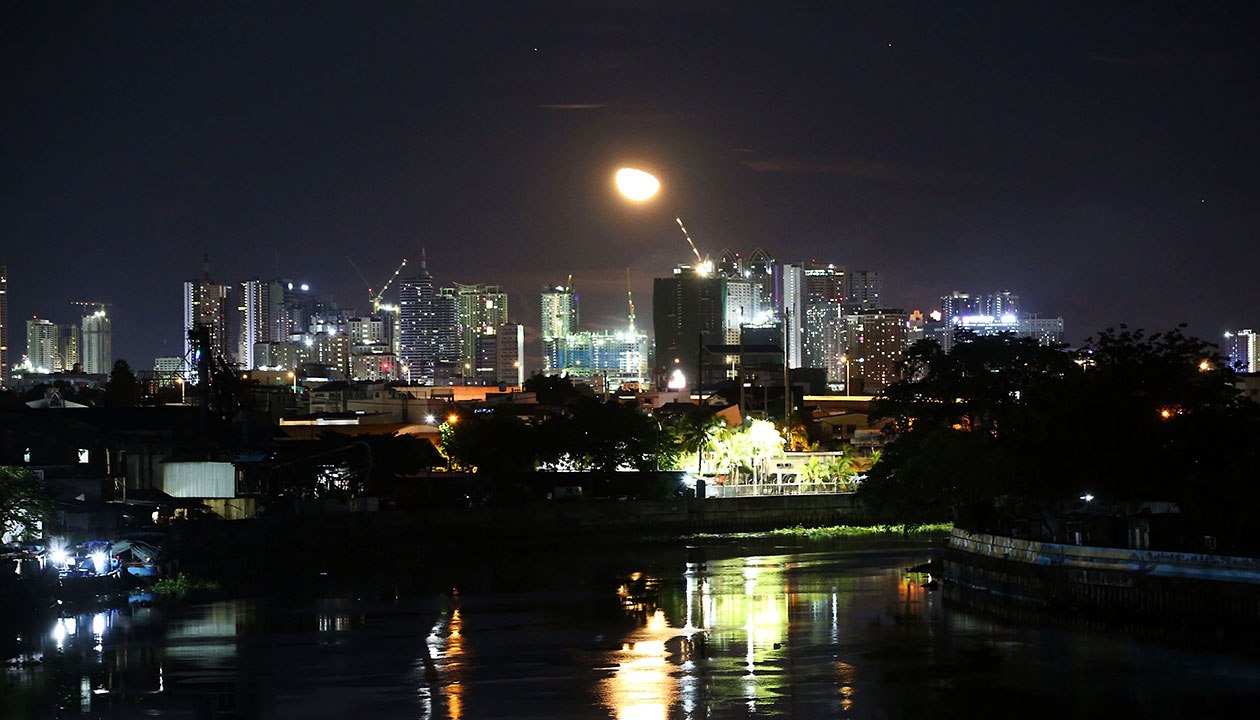




Philippines Trade Update: Exports momentum continues
 DOWNLOAD
DOWNLOAD

Quarterly Economic Growth Release: More BSP cuts to come
 DOWNLOAD
DOWNLOAD

Monthly Economic Update: Fed catches up
 DOWNLOAD
DOWNLOAD


R&I lifts Philippine outlook to ‘positive’

Japan-based Rating and Investment Information, Inc. (R&I) affirmed the Philippines’ investment grade rating and upgraded its outlook to “positive” from “stable,” citing the economy’s strong performance.
R&I maintained the Philippines’ long-term foreign currency issuer default rating at “BBB+,” just a notch below the “A-” rating.
According to the R&I website, a positive or negative outlook is “not a statement indicating a future change of rating.”
“R&I will upgrade the rating once the factors such as the economic growth path sought under the Philippine Development Plan 2023-2028, the stable macroeconomic condition and the improving trend of fiscal position are confirmed,” the credit rater said in a statement on Monday.
R&I last affirmed the Philippines’ sovereign rating in April 2022.
“R&I’s improved outlook on the Philippines brings us closer to our goal of an ‘A’ rating within the President’s term,” Finance Secretary Benjamin E. Diokno said in a statement.
“We are firmly on track to our ‘Road to A’ and remain committed to further improving the country’s investment climate through structural reforms to enhance the quality and pace of infrastructure development,” he added.
According to R&I, the Philippine economy has been performing well despite global uncertainties. The economy grew by 7.6% in 2022, and by 6.4% in the first quarter of 2023.
“The strong performance has continued through to 2023. Inflation, which had accelerated due to rising energy and food prices, is decelerating after reaching its peak in early 2023. Private consumption, a major driver of the economy, will likely remain strong, despite strong expectations of slower exports due to weakening global demand,” R&I said.
For this year, the government is targeting 6-7% gross domestic product (GDP) expansion.
Despite the lower target, the Philippine economy is widely expected to post the fastest growth in Southeast Asia this year. The Asian Development Bank sees Philippines’ gross domestic product (GDP) expanding by 6% this year, while the ASEAN+3 Macroeconomic Research Office (AMRO) gave a 6.2% growth forecast.
“Also, investment has been performing well, supported by the infrastructure development projects that the Marcos Jr. administration is pushing ahead,” R&I said.
The debt watcher also expects the government debt-to-GDP ratio to start declining in 2023.
The National Government’s (NG) debt-to-GDP ratio stood at 61% as of end-March, still slightly above the 60% threshold considered manageable by multilateral lenders for developing economies. The government aims to cut the debt-to-GDP ratio to less than 60% by 2025, and further to 51.1% by 2028.
The Philippines’ outstanding sovereign debt hit a record PHP 14.15 trillion as of end-June.
“Although the government debt burden has increased, most of its funding needs are covered through issuance of bonds in the domestic market. Interest payments remain under control, and the government has a certain level of debt affordability,” R&I said.
Also, R&I said the current account deficit is expected to shrink this year, and external debt remains under control.
Based on central bank data, the current account deficit was at USD 4.3 billion (-4.3% of GDP) in the first quarter, up from USD 4 billion a year ago, amid a wider trade in goods deficit. The current account deficit is projected to reach USD 15.1 billion, or -3.4% of GDP, this year.
“R&I will not take a negative view of the current account deficit, given that increased imports stemming from infrastructure investment will lead to economic growth in the future. Foreign reserves stand at a sufficient level to cover imports,” it said.
As of end-June, the country’s gross international reserves stood at USD 99.4 billion, 1.2% lower month on month. It represents 7.3 months’ worth of imports of goods and payments of services and primary income.
“While the government has taken a step toward fiscal consolidation starting in 2022, it will avoid a sharp deficit reduction and place greater emphasis on striking a balance between economic growth and fiscal consolidation,” R&I said.
The NG’s fiscal deficit in the January-to-June period narrowed by 18.17% to PHP 551.7 billion from PHP 674.2 billion a year ago.
“R&I believes that the fiscal deficit will likely improve to a level in line with government target, due partly to the solid trend of tax revenue. The outstanding debt of the central government registered 60.9% of GDP in 2022 but will likely fall in 2023,” it said.
Last Friday, Mr. Diokno admitted it would be more challenging to secure an “A” credit rating” given uncertainties in the global markets.
The Philippines currently falls short of the “A” rating across three major debt watchers, with Moody’s Investors Service rating the country at “Baa2,” S&P Global Ratings at “BBB+,” and Fitch Ratings at “BBB.”
All three have assigned a “stable outlook” for the Philippines, indicating that no rating changes may occur in the next 12 to 18 months. — KBT
This article originally appeared on bworldonline.com





 By BusinessWorld
By BusinessWorld